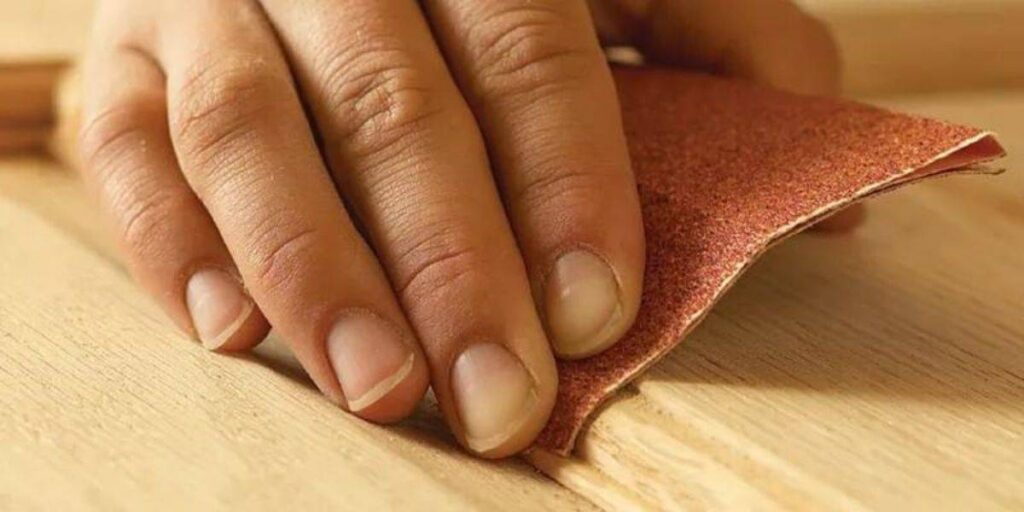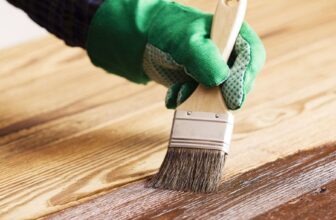Primers are essential products used in wood finishing projects, providing an extra layer of protection against moisture and other environmental elements that can otherwise damage your wood surface. Applying primer also helps ensure that the final coatings, such as paint or stain, stick well and last longer. While primers are easy to use, it is important to take the necessary steps to ensure they are applied correctly. This article provides a brief overview of primers and common mistakes to avoid when using them for wood finishes.
Befits of Primers in Wood Finishing Projects
Using a primer before painting or staining allows for better adherence and smoother coverage when applying top coatings. Additionally, some primers have corrosion-inhibiting properties that further protect the underlying material from external factors such as rust and discoloration due to age. Most importantly, applying a good-quality primer can help extend the life of painted surfaces by preventing peeling or cracking over time. Therefore, it is highly recommended that you use a primer before finishing your wood project with paint or stain to achieve maximum results and lasting durability.
There are many benefits associated with using a primer on your next woodworking project:
- Provides an even base for top coatings like paints and stains;
- Better adherence to top coatings;
- Creates a barrier against moisture and other environmental factors;
- Reduces unpleasant smells caused by top coatings; and
- Helps extend the life span of painted surfaces by preventing peeling or cracking over time.
Basic Mistakes When Using Primers
Just like any project involving multiple steps, there are certain techniques you must follow when applying primers on your furniture pieces or other wooden items. Here are some common mistakes people make when using primers: not sanding the surface before applying the primer, not using the right type of wood primer for the job, not allowing the primer to dry completely before applying a topcoat, and not using enough primer.
Not preparing the wood surface sufficiently
Before you start painting or staining your wood project, it is important to thoroughly clean the area with soap and water and sand down any rough edges that may be present on the surface. This will help give you an even finish once completed. Additionally, make sure all previous layers of paint have been removed so that they do not interfere with how your new layer will adhere to the surface.

Incorrect application of primer
When applying the primer, be sure not to use too much pressure while brushing it onto the surface you’re working on, as this could result in blotching due to buildup within crevices present on the piece at hand, which could ultimately lead to uneven coverage once finished. Also, make sure not to miss any areas entirely when making your way around, so each section gets its fair share of protection appropriately!
Not allowing primer to dry before painting/staining
Once the primer is applied evenly and allowed sufficient drying time between coats (or pieces, depending on where they have been placed during their waiting period), it is time to sand down the wood surface. Applying too much pressure when sanding can result in improper adhesion, peeling away, or cracking over time. To ensure optimal results, use light pressure and circular motions when sanding and avoid patting or dabbing wet spots until they are completely dried off.
Applying too much pressure when sanding down
After allowing time for proper drying on both sides (or more, depending on the number of layers applied), begin lightly sanding away any raised sections without pressing down too hard. Excessive force adds unnecessary stress on fragile wooden surfaces, which can lead to potential breakage later on!
Using the wrong type of primer for your project
Depending on the type, brand, and style, different products offer different advantages. They have been designed specifically for various conditions, such as interior versus exterior applications. Therefore, always double-check before use, as these types typically differ greatly depending on the intended purposes. Considerations should be taken into account while developing respective formulas. Generally speaking, here is the ideal overall outcome!
Not cleaning up after using the primer
You must clean up all tools used while working immediately after completion so that nothing is left behind that could potentially cause adverse reactions later on due to being trapped inside and baking for too long, potentially leading to awful odors emanating.
Conclusion
In conclusion, primers are essential products used in wood finishing projects and should be taken seriously to ensure a successful outcome. If applied correctly, they can protect the underlying material from moisture and environmental elements and ensure that top coatings such as paint or stain adhere well and last longer. Be sure to follow the guidelines outlined above when using primers for your next woodworking project and you can look forward to achieving great results!




![Best Wood Primer – [Reviews&Guide 2024]](https://woodworkersuniverse.com/wp-content/uploads/2022/11/wood-primer-1-336x220.jpg)

